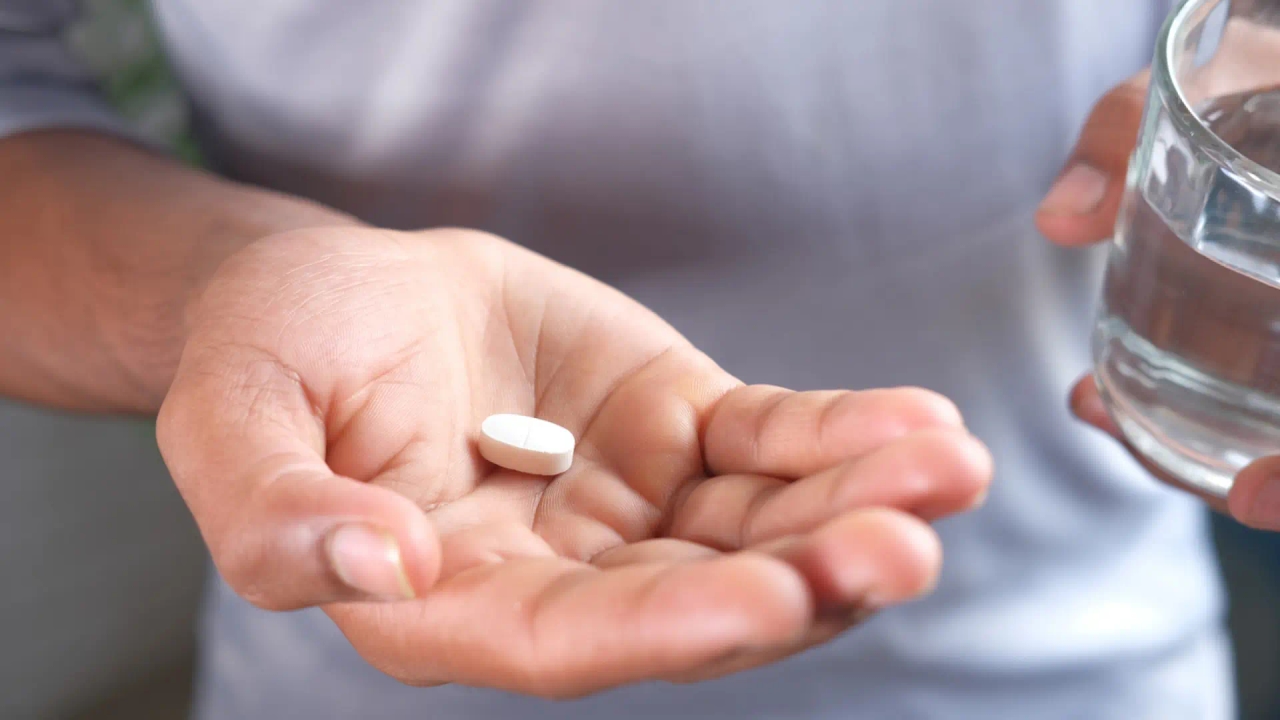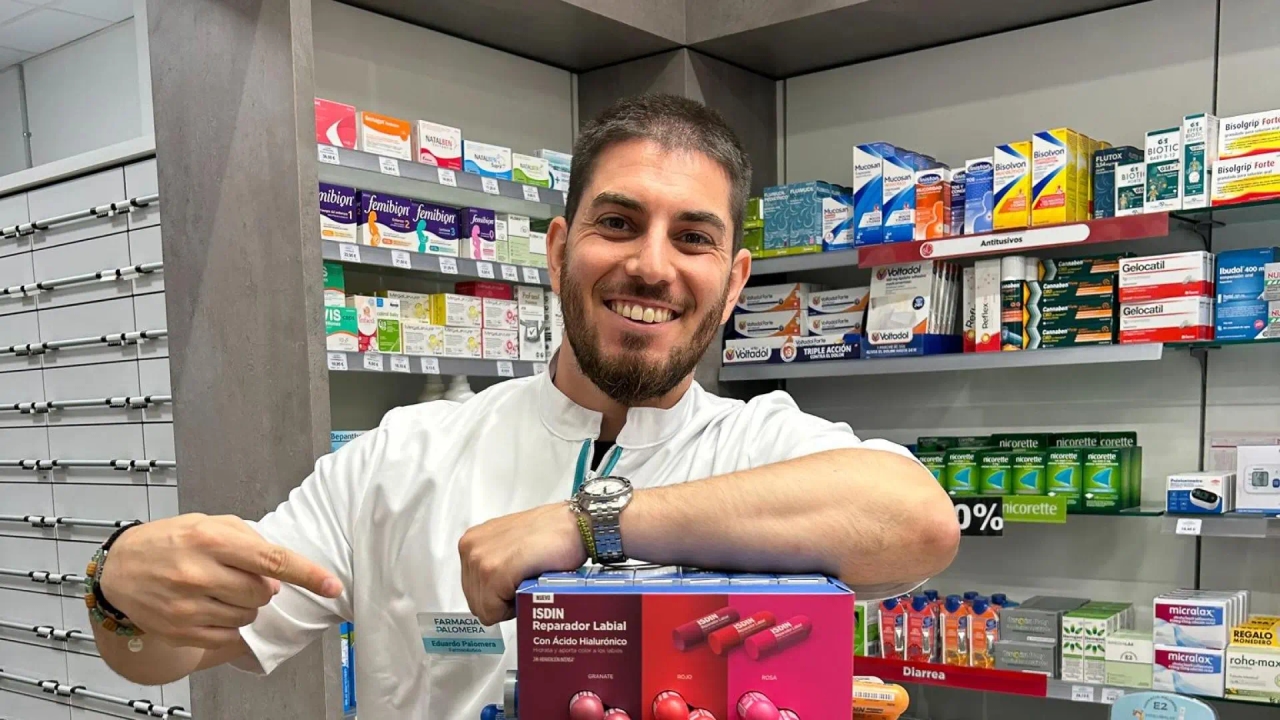Orforglipron, the pill alternative to Ozempic coming soon: "Responsible use is critical."

Drugs like semaglutide (better known by one of its brand names, Ozempic) are now almost ubiquitous. Much has been said about the implications of these medications, which have forever changed the approach to type 2 diabetes and obesity ; the value of injections that can resolve previously very difficult conditions; and the risks of misusing them.
However, we could now be witnessing a new step in the evolution of this family of compounds. This is the expected arrival on the market of orforglipron , developed by Lilly, following the positive results obtained in the Phase 3 clinical trial (the final stage of drug development) ATTAIN-1, published in the specialized journal The New England Journal of Medicine .
The mechanism of action, applications, and effects are similar to those of other GLP-1 drugs. However, it introduces a subtle but important change: for the first time, it is not injected, but taken orally.
A new milestone in the GLP-1 agonist revolutionTwenty years ago, we witnessed a quiet but important milestone in the history of medicine: the approval of exenatide, the first GLP1 receptor agonist for the treatment of type 2 diabetes. At the time, as is often the case with new drugs, it didn't generate much media buzz ; however, it paved the way for the arrival of others, such as the famous Ozempic.
Today, they have acquired the status of an almost cultural phenomenon and have established themselves as a true revolution in the treatment of type 2 diabetes and obesity. These medications essentially intervene in the hormonal mechanisms involved in digestive metabolism, manipulating factors such as insulin production or appetite to address the targeted disorders.
However, these medications also pose some significant problems . For example, there have been cases of inappropriate use by people without a doctor's prescription, supply problems, and even instances of black market sales. It has also been pointed out that they could make obesity treatment accessible only to the wealthiest, that they could reinforce harmful aesthetic stereotypes, or that they could lead to neglecting preventive and therapeutic strategies that offer less immediate results but are healthier in the long term.
"Improves access and adherence to treatment"As explained to 20minutos Fernando Gómez Peralta, coordinator of the Diabetes knowledge area at the Spanish Society of Endocrinology and Nutrition (SEEN), orforglipron "is a small molecule oral (non-peptide) glucagon-like peptide-1 receptor agonist that is administered once a day , at any time of day."
In this sense, an oral GLP-1 agonist can improve drug acceptance . "Due to its administration method and formulation," says Gómez, "it's a convenient and potentially affordable pharmacological option."
"There are no restrictions on food and water intake. It is of interest to people who refuse injections ; the data indicate that tolerance is similar to other GLP-1 medications, and its administration is more convenient than oral semaglutide, which requires fasting and must be taken 30 minutes before a meal," he adds.
In its latest clinical trial, conducted on 3,127 adults with obesity (diagnosed based on a body mass index (BMI) greater than or equal to 30) and overweight (BMI greater than or equal to 27) who had at least one associated comorbidity, it achieved a weight loss of more than 10% of body mass, a result only slightly lower than those of the phase 3 OASIS 1 trial , conducted by Novo Nordisk to test oral semaglutide 50mg, which showed a 15.1% reduction in body weight.
On the other hand, the safety profile of orforglipron is very similar to that of other related drugs. Mild gastrointestinal side effects , including diarrhea, vomiting, and constipation, were the most common. Withdrawal rates were dose-dependent (up to 24.4% in the group receiving the highest dose) but were lower than in the placebo group (29.9%).
Interestingly, it also improved cardiovascular risk markers, including non-HDL cholesterol (or in other words, all types of cholesterol except the so-called 'good cholesterol'), triglycerides and systolic blood pressure, and the inflammatory marker C-reactive protein was reduced by up to 47.7%.
Gómez believes that "these results position it as an advantageous option for improving poor health outcomes and increasing access to and adherence to drug therapy for type 2 diabetes. The prevalence of this disease in Spain is 7.5% of the adult population, more than five million patients."
"It is critical to make responsible use"Therefore, he emphasizes the positive impact of these kinds of advances. "By improving cardiovascular risk markers associated with type 2 diabetes , it can support significant improvements in public health."
He also highlights its potential application to combat obesity . "The prevalence of obesity in Europe is 30% of adults, and it will reach 40% by 2050," he emphasizes. "The human and economic implications are enormous."
Despite this, there are reasons for caution. For example, the expert warns, orforglipron does not change fundamental problems such as the "rebound effect," which can lead to discontinuation of treatment with other GLP-1 agonists: "It is very likely that this drug will also require indefinite use ," he explains. "Therefore, specialized medical monitoring is key so that administration adapts to each person's changing needs."
Similarly, and while he points out that "orforglipron is not yet on the market and we don't know what its conditions will be," he argues that measures should be taken to minimize other risks that we have seen in the case of its injectable counterparts: "Clearly, it should be a prescription drug and handled by a doctor ."
"Responsible use," the expert concludes, "is critical to optimizing results and minimizing risks ."
It is often said that the advent of technology is irreversible, and this maxim also applies to medicine. Despite their risks and problems, we must not forget that achievements such as the development of GLP-1 drugs and their subsequent improvements have much to offer to people who need treatment and management of conditions that impact their quality of life. Therefore, it is vital to ensure that they are accessible to all who need them, while ensuring their responsible, safe, and controlled use.
ReferencesSean Wharton, Louis J. Aronne, Adam Stefanski, Nasreen F. Alfaris, Andrea Ciudin, Koutaro Yokote, Bruno Halpern. Orforglipron, an Oral Small-Molecule GLP-1 Receptor Agonist for Obesity Treatment. The New England Journal of Medicine (2025). DOI: 10.1056/NEJMoa2511774
Knop, Filip K et al. Oral semaglutide 50 mg taken once per day in adults with overweight or obesity (OASIS 1): a randomized, double-blind, placebo-controlled, phase 3 trial. The Lancet (2025). DOI: 10.1016/S0140-6736(23)01185-6

We're now on WhatsApp! If you want to receive all the latest news and the most important events of the day on your mobile, click here and join our channel. It's free, convenient, and secure.
20minutos




